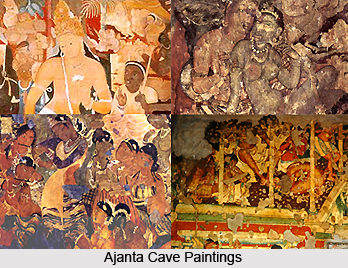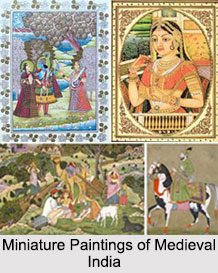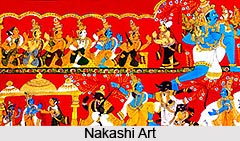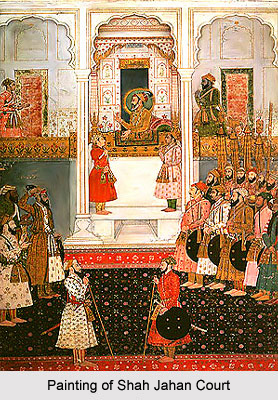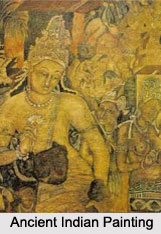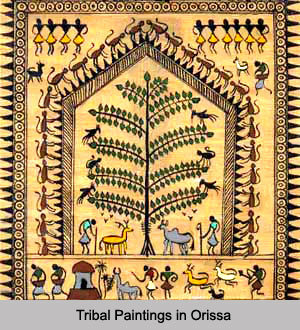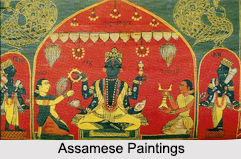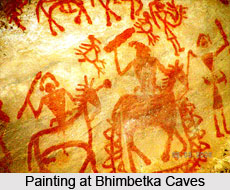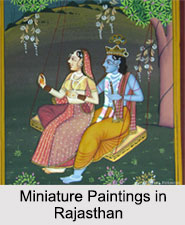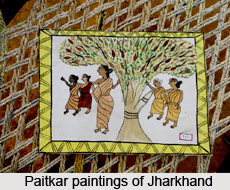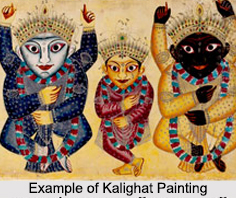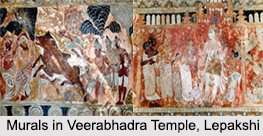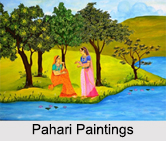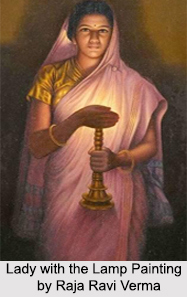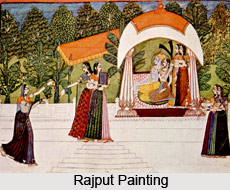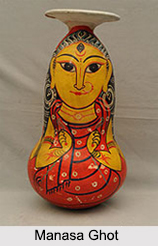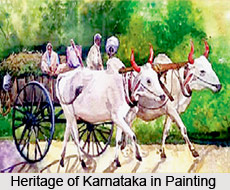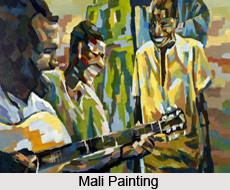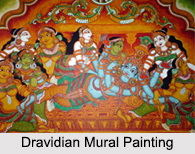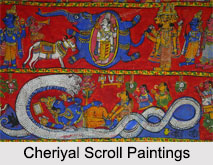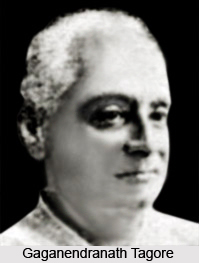 Gaganendranath Tagore was born on September 18, 1867 in Calcutta. He was counted as one of the earliest modern artists in India along with his brother Abanindranath Tagore.
He was the nephew of Nobel Prize winning poet Rabindranath Tagore. He was an abstractionist. He was a self taught artist basically. He founded the Indian Society of Oriental Art. He was influenced by Japanese and other eastern art styles too. He became interested in the cubist experiment and he developed his own brand of cubism later in his career. He was inspired by the visiting Japanese artist Yokoyama Taikan.
Gaganendranath Tagore was born on September 18, 1867 in Calcutta. He was counted as one of the earliest modern artists in India along with his brother Abanindranath Tagore.
He was the nephew of Nobel Prize winning poet Rabindranath Tagore. He was an abstractionist. He was a self taught artist basically. He founded the Indian Society of Oriental Art. He was influenced by Japanese and other eastern art styles too. He became interested in the cubist experiment and he developed his own brand of cubism later in his career. He was inspired by the visiting Japanese artist Yokoyama Taikan.
His work was exhibited in the 22nd exhibition de Societe des peintres orientalistes francais (1914) in Paris, London, Belgium and Holland and he exhibited in the Athene Gallery in Geneva in 1928. He was proficient in the European water-colour techniques and was probably the first artist to explore the French style of painting in India. He was influenced by the experimentalist art prevalent in Europe at that time and was drawn towards geometric compositions.
His imagination was fired by anything Indian or Oriental. He was versatile in his artistic interests. He is best known for is political cartoons. Gaganendranath was one of the most famous Indian cartoonists of his time. He flavoured each of his artistic pursuits with daring originality of conception and execution of a bewildering variety of themes in different styles and techniques. He was influenced by cubistic, futuristic and expressionist trends of European art practices. In spite of an eclectic outlook his vision and technique were very individual. His sense of humour and satire was found in some remarkable caricatures. His satires also pinpointed the hypocrisies and contradictions within society. Some of his art works display a notable influence of theatre.
Gaganendranath did not follow any definite course of art education to be a painter. Initially he got training with Harinarayan Bandyopadhyay to use occidental watercolor in painting. He drew some paintings for Rabindranath`s Jibansmrti (1912). He revived the society by holding periodic lectures on art, publishing an art journal edited by OC Ganguli, and arranging exhibitions on Oriental art. His important works included the sketches of the Himalayas, the life of Chaitanya and the Indian life. He also tried to mix the three dimensional French and German styles. He never blindly imitated the western art style. His main contribution was the exposure of light and shade. His paintings had brightness and gorgeousness of colours. He had also introduced geometric figures. Towards 1930 his paintings had the expression of feelings symbolising death and supernatural objects. Gaganendranath Tagore died in 1938. Large number of paintings of Gaganendranath forms part of Rabindra-Bharati Society`s collection at Jorasanko, Calcutta.
He is considered as the harbinger of modern art in its various dimensions. His paintings depict insight and expressiveness which were praised by hard-liner critics. He has attained a high position among the progressive artists.
